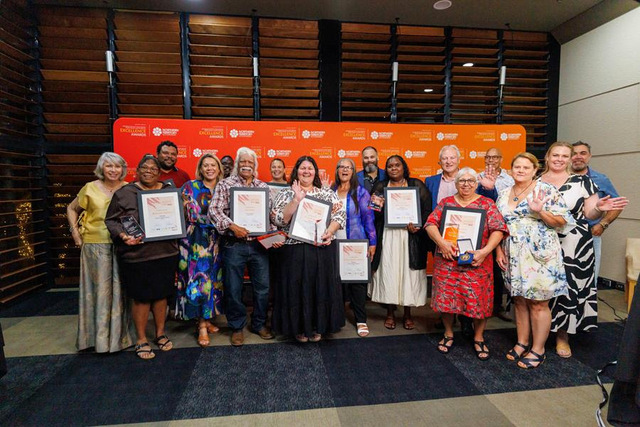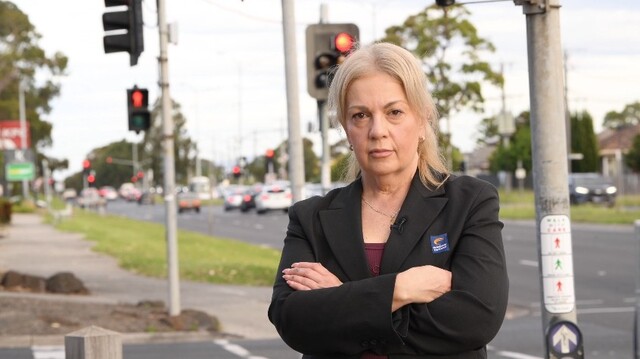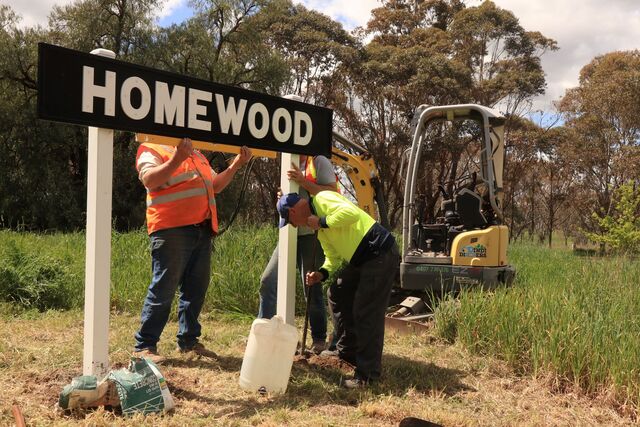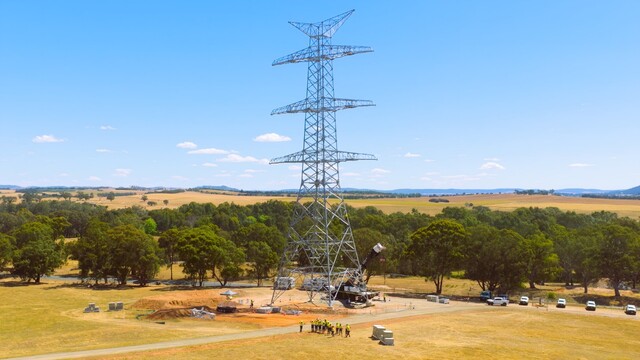The European Commission (EC) is much involved in urban and regional development thinking, and it has been promoting the ‘smart specialisation’ concept. This basically involves EC regions specialising in activities that align with their competitive advantages. And the Commission offers financial inducements to this end.
Now the churlish might argue that this policy shift has come a bit late to help Greece, Spain and Portugal. But the truth is that ‘regions’ hold a lot of sway in Europe — they are a fundamental part of its social and industrial fabric.
What about Australia? Well, we’ve just scraped the surface to date. The current government has established a loose policy framework for things ‘spatial’, and it provides a springboard for smart specialisation policies.
There are three reasons why a smart specialisation agenda would be timely. First, the $1 billion Regional Development Australia (RDA) fund is coming to an end, and if RDA is to negotiate a further tranche, a smart specialisation theme will appeal to Treasury and/or finance economists.
Secondly, there’s grumbling from the regions about the high rejection rates of their submissions to the RDA fund. So a shift to an uplifting theme might provide some appeasement, especially if RDA can swing other departments’ funding in behind a regional specialisation agenda.
Thirdly, if the feds can consistently help to advance projects that reinforce a locality’s competitive advantage, they would win respect from a cynical electorate: i.e., they could address the ongoing perception that regional grants are mostly pork barreling.
Precincts – a vehicle for specialisation
The government’s upcoming ‘Innovation Statement’ is relevant to the above, because it’s expected to emphasise precincts and hubs as a means of capturing locational synergies and nurturing regional specialisation.
But PM Gillard will need to be careful not to wax lyrical about precincts — because Alfred Marshall (Principles of Economics, 1890) was espousing this stuff more than a century ago. He talked about particular locations having types of specialisation; indeed, he anticipated later discussion of the role of place as a point of information exchanges, and of innovation developing through that ‘something in the air’ that arises when people mingle and exchange ideas.
Marshall identified four particular features of precincts — knowledge spillovers as a result of informal networking; access to a common pool of factors of production, such as labour or R&D facilities; specialisation of production within supply chains; and the facilitation of ‘comparison shopping’ for buyers.
Precincts are, by the way, virtually synonymous with clusters, and my colleagues and I are quick to highlight this to government officials who still think clusters are about picking winners and that companies are so ‘wired to competition’ that they cannot collaborate. Rubbish of course.
Five tips for facilitating specialisations and precincts
Anyway, getting back to the subject, it makes good sense for councils and regional champions to use local specialisation and precinct concepts in their lobbying efforts to federal and state agencies. Below are some suggested initiatives that could complement your lobbying effort. Contact us for support, naturally…
- map your specialised assets and the linkages between them. This is a natural starting point, and a great marketing tool. Examples include ‘Food Barossa’, which has done a good job of identifying and explaining its specialty food producers; likewise, Swan Valley gourmet food and Ballarat manufacturing
- get international agencies to study or talk about your area of specialisation. Examples include Cairns, northern Melbourne and Playford, who have used the OECD or UN agencies to raise international awareness, and the agendas have then filtered back to Australia. We can connect you to these agencies
- commission university research studies on national issues at your local level. These can be good copy for the daily newspapers, which in turn educate external audiences about your local specialisation. An example is the University of Western Sydney, which specialises in social research in an urban setting, and its work often gets a run in the Sydney papers
- leverage your champions. Examples: Lonely Planet says Hobart has reinvented itself, thanks to the Museum of Old and New Art (MONA) created by eccentric gaming mogul David Walsh. And Lord McAlpine put Broome on the five-star tourism map
- do something bold and innovative. Towns, cities and suburbs often have specialisations, but they’re hidden to the outside world. A bold project can lift the specialisation profile. Examples: in Deniliquin, the Ute Muster was smart marketing – and RDA is now funding the Deni Innovation Expo. In Bairnsdale, Patties Pies and Bon Accord took bold commercial decisions, thus reinforcing east Gippsland’s specialisation in food. At Wollongong University, the feds have financed the SMART infrastructure facility — can the region now leverage that into a specialisation in infrastructure planning?
Don’t write off manufacturing yet
Professor Brian Roberts (a Cockatoo member) recently forwarded a timely article to me — ‘The Third Industrial Revolution’ (The Economist, 21 April 2012).
The gist of the article is that off-shoring has peaked; i.e., the shift of manufacturing to low-wage countries has slowed because labour costs are becoming less important. For example, a $499 first-generation iPad has only $33 of manufacturing labour, of which final assembly in China accounts for just $8.
The article makes the claim, echoed elsewhere in international circles, that companies want to be closer to their customers so that they can respond more quickly to changes in demand. A related factor is that with sophisticated products, it helps to have the people who design them and the people who make them in the same place. The Boston Consulting Group estimates that in areas such as transport, computers, fabricated metals and machinery, 10-30 percent of the goods that America now imports from China could be made back home by 2020.
Well, this makes intuitive sense. Let’s certainly hope so. The importance of proximity to customers, designers, suppliers etc. bodes well for the precinct agendas described above.
Bushfire hubs
We are currently in discussions with some councils and fire authorities about the preparation of a submission to the federal government about bushfire education and knowledge hubs. There is one of sorts at Mt Macedon, north west of Melbourne, and we figure there is scope for similar facilities in a range of regions. If this interests you, please contact us ASAP.
Rod Brown is a Canberra-based consultant specialising in
industry/regional development, investment attraction, clusters and
accessing Federal grants. He also runs the Cockatoo Network. He can be
contacted at apdcockatoo@iprimus.com.au or phone (02) 6231 7261. Go to the blog at www.investmentinnovation.wordpress.com for 550+ articles on issues relevant to Local Government.







